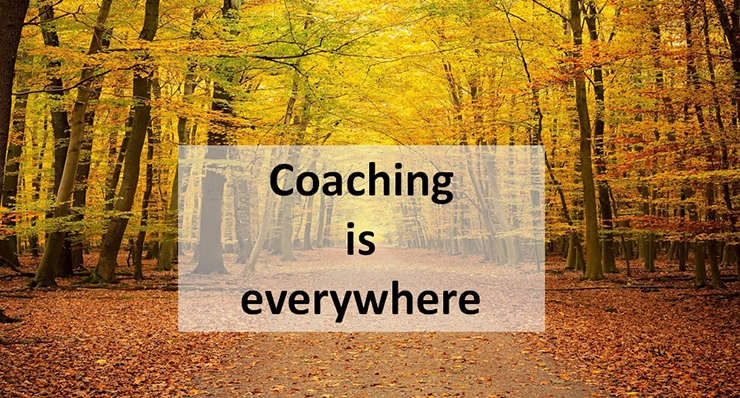How to Turn a Square into a Circle

‘Turning a square into a circle’ is a metaphor for psycho-therapy. There are two opposite directions: from the inside out and from the outside in.
Preliminary
In this text, I denote with the term ‘psycho-therapy’ the domain of psychotherapy and mind-related coaching in a broad sense.
This text describes a conceptual landscape. Any practitioner, any method, any session can lie somewhere within this landscape.
The client starts in the form of a square, which is problematic to himself or others. Circles are preferable in many ways, so there is a wish to turn the square into a circle. For instance, a person with a phobia wants to get rid of the phobia.
From the outside in
This path is modeled on the medical example. The therapist uses tools to change the square into a circle.
While many and sometimes contradictory tools exist, there are two ways in which these tools can be utilized:
- by molding or carving out just enough parts of the square so what remains has the form of a circle
- by molding or carving out more extensive parts and enticing the rest to heal itself in the form of a circle
The ensuing circle is same-size or smaller than the initial square.
Using tools in any of both ways, the action can be seen as work. By definition, work = ‘moving against resistance.’ Not surprisingly, therefore, much work at this path lies in dealing with resistance.
A square’s being turned into a circle this way may understandably be uncomfortable. Part of the square gets lost in action. This may be an annoying or hurtful part, but at the same time, it may be a meaningful one.
Nature generally prefers meaning above the absence of pain. In chronic pain situations, this may even be the reason for its existence.
From the inside out
Within this paradigm, the action from outside provides the ‘energy’ but does not ‘do the change.’ The change itself happens from the inside out. The square gets ‘pumped up’ into a naturally emerging shape, which is a circle. Think, for instance, of oil on water becoming a naturally formed perfect circle. Nature loves circles very much!
This is the way of growth-oriented psycho-therapy. AURELIS-coaching stands pretty much near this end of a continuum within the landscape. For instance, the client’s phobia is seen as pretty annoying and meaningful.
The ensuing circle is bigger than the initial square ― mainly depending upon the client.
Since this occurs naturally, there is no need for resistance from the organism’s side stemming from a fear of losing anything meaningful. There may be a resistance to growth, which is very distinct.
Yet from another side?
This second paradigm can feel a bit weird to the client. “Is it so simple?” [It isn’t, but it can feel so.] This may turn into the feeling that nothing significant has been gained. Of course, this idea by itself is also resistance, at the meta-level.
In a culture that is bent on effortful doing (large parts of the West, at least), the natural happening may also engender doubt about whether this can at all lead to something. Then, after the change, there may be doubt about what could have been the cause of this change. This makes it additionally important for people to have a grasp on the basics of subconceptual non-conscious processing. [see: “The Basic Cognitive Illusion“]
As to the broader goal
Please read [see: “What is Success in Therapy?“]
The two ways to become a circle are very different. Remember, the smaller circles have been carved and self-healed. They may have done so in a way that provokes scars at the border, making overlap with other circles more difficult.
Contrary to this, to grow is also to become more Compassionate in due time. Bigger circles overlap more naturally, especially when the borders are somehow fuzzy. [see: “How Empathy Works“]
With the mental growth of many people, may this also have an influence on society at large?


